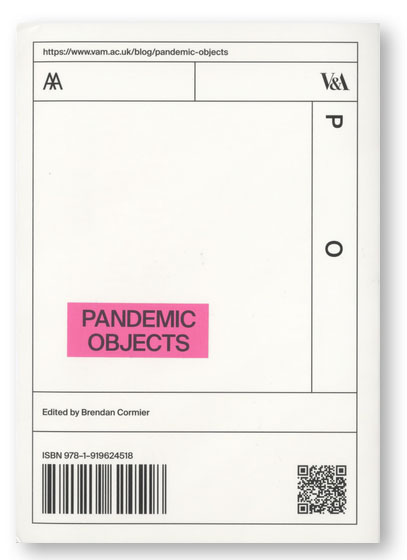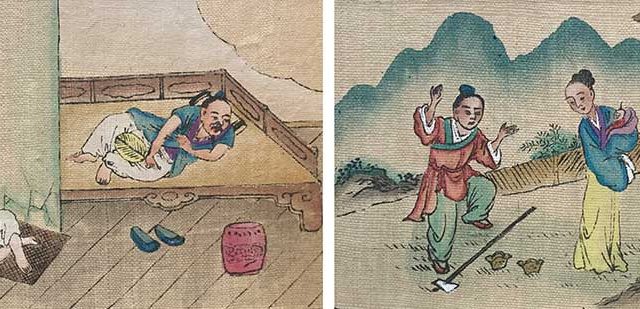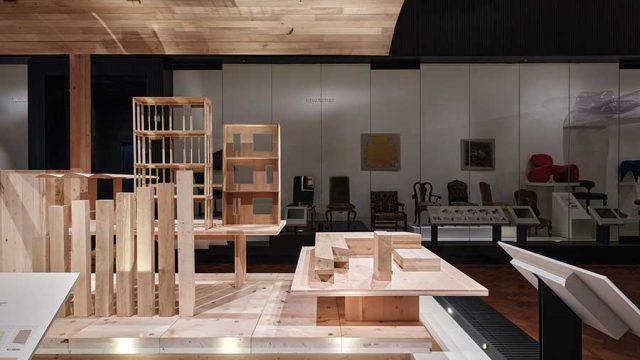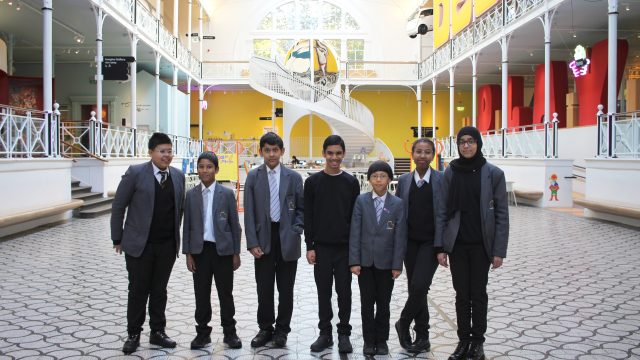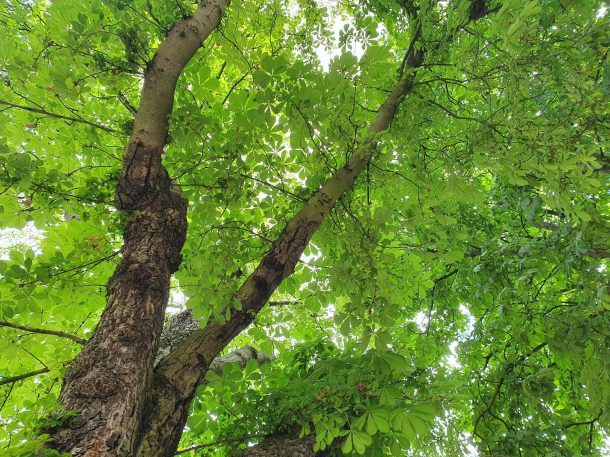
A few years ago, on a nice summer evening, my partner and I were walking home to our rented flat in Hackney. On the street next to ours, we passed two Iranian pizza delivery drivers, helmets on, next to their motorbikes. One was holding an empty cardboard pizza box under one of the street trees and the other was giving the tree a gentle shake. We stopped to chat and they offered us their pizza box, which was full of sour cherries from the tree. They said they were a delicacy where they were from, and they were amazed no one was eating them apart from the four of us.
Since then, due to an ambitious council programme to deliver 36,000 trees in Hackney by 2022, even more street trees have shown up in my neighbourhood, including a whole handful on my street planted just days before lockdown. During these sad days of confinement, I have spent a lot of time appreciating them from my flat’s window, and more recently on my state-sanctioned exercise, which for me is a daily jog twice around the block.
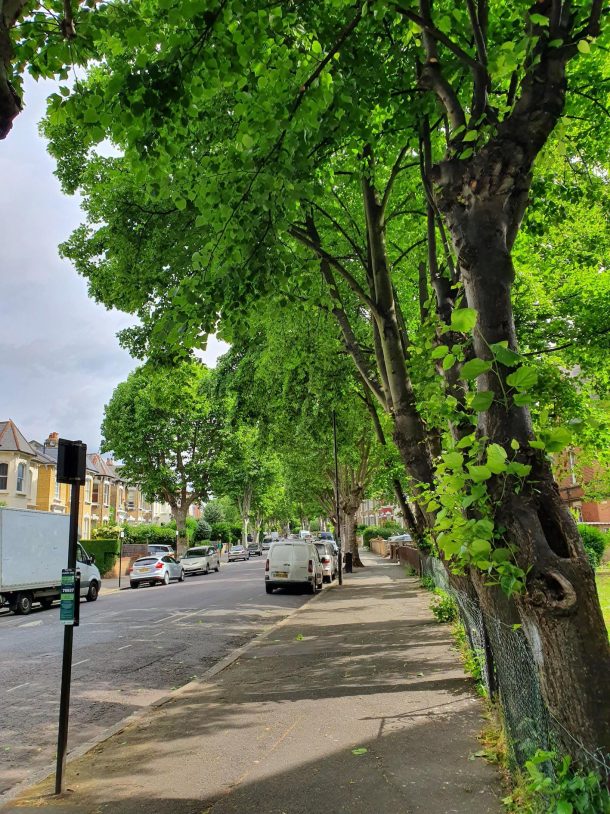
In the first weeks of venturing outside, my neighbourhood was so quiet I would jog down the middle of the road. I would enjoy the arcades of mature trees on one road and drifts of tree blossom confetti on another. Seeing my normally bustling neighbourhood so quiet and so beautiful was eerie, as the signs of the pandemic were still always present. Normally, the soundscape of my street is of traffic from the main road and children playing outside. For weeks now, all I’ve heard from my flat have been bird songs and ambulance siren after ambulance siren. Amid the drifts of blossom on my daily jog I also see piling up many discarded masks and nitrile gloves.
More recently, during Ramadan, our local mosque has been broadcasting the call to prayer in the evenings and listening to this has given me a welcome feeling of tranquillity. Our borough has been badly hit by the virus, but seeing and hearing civic and social infrastructure, from rubbish collecting and postal deliveries to religious observance has been a welcome antidote to anxiety and hopelessness.
I’m far from the only one who has been finding comfort in urban nature these days. From rebel botanists chalking the names of weeds to new apps celebrating and identifying the trees on London’s streets, it seems many of us are engaging with our local nature and surroundings in newly appreciative ways. Which in the particular case of urban tree planting is important, as many of the mature trees on London streets are the result of ambitious and widespread Victorian planting which we have struggled to match since. Many of these trees are now coming to the end of their life span. So if we want future generations to enjoy leafy London boroughs – and if we want all boroughs to be leafy – we need to be planting now. Planting isn’t the only action required though, as young street trees need care and regular watering to make it to adulthood. Have a look at the trees in your neighbourhood next time you walk down your street. If any have tubes or boxes at their base it means that the council need your help to keep them watered. The irrigation tubes are a simple bit of design. Under the surface earth they have little holes, so that the water you pour in gets to the tree’s roots efficiently. From the last week of March through to October newer trees with these tubes require 20 litres of water a week, ideally all in one go. It’s fine to use bathwater, dishwater or cleaning water, so long as it does not contain bleach. Morning or evening watering is best, avoiding the hottest part of the day.
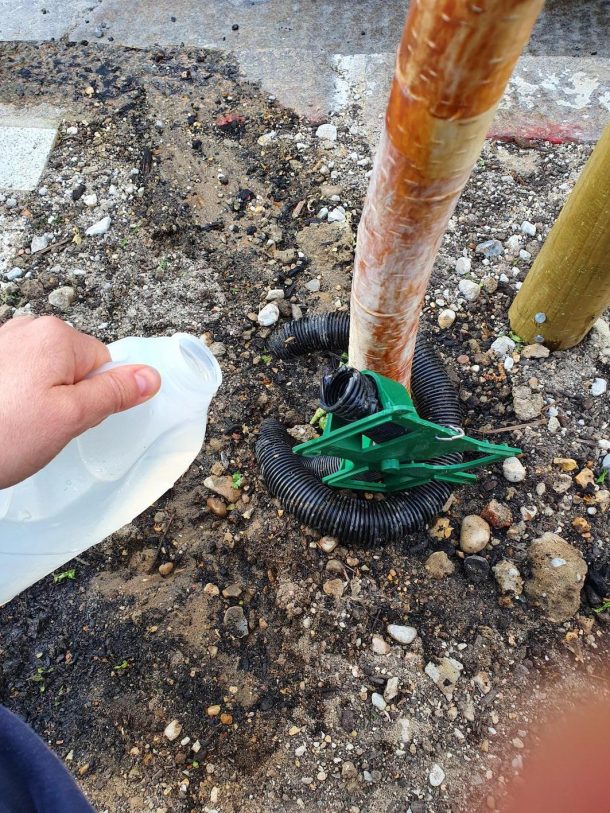
Of course, not only do our street trees give us beauty, shade, and sometimes even sour cherries, they also act as essential carbon sinks, helping to sequester carbon, mitigate the effects of air pollution, and slow the pace of climate change. Each year London’s trees remove 2241 tonnes of pollution from the air and sequester 77,200 tonnes of carbon. While this pandemic has helped us re-focus our appreciation towards the natural and civic infrastructures that have helped us get through these hard times, it’s also a valuable moment to consider shifting our norms and behaviours to tackle the larger environmental upheaval at hand. Looking after our trees could be a first step in a change of perspective toward preserving the ecological life support systems that preserve us.
Like the pandemic, there are no easy answers or simple solutions, but every action will count, and I for one will start by caring for my street trees.
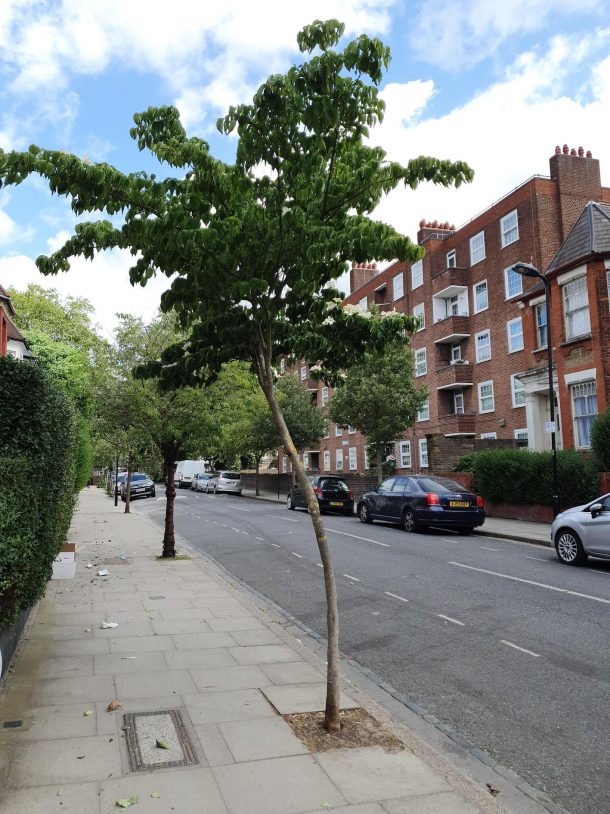
Related Objects from the Collections:
‘Spanish Chestnut, Albury Park, Surrey’ (photograph), Charles Thurston Thompson, 1857-8 (32972)
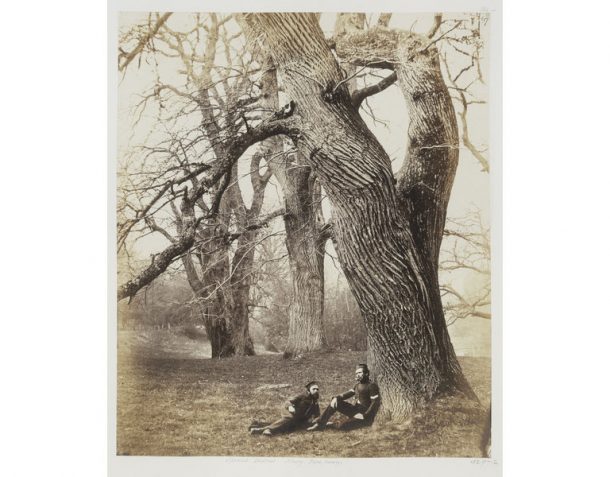
‘Beech Roots, Albury Warren, Surrey’ (photograph), Charles Thurston Thompson, 1857-8 (32957)
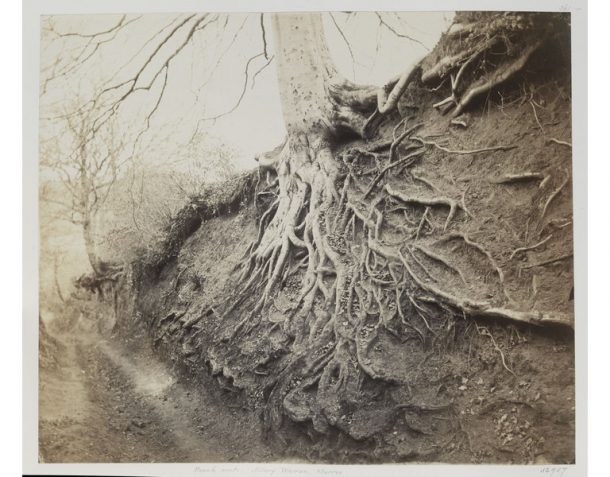
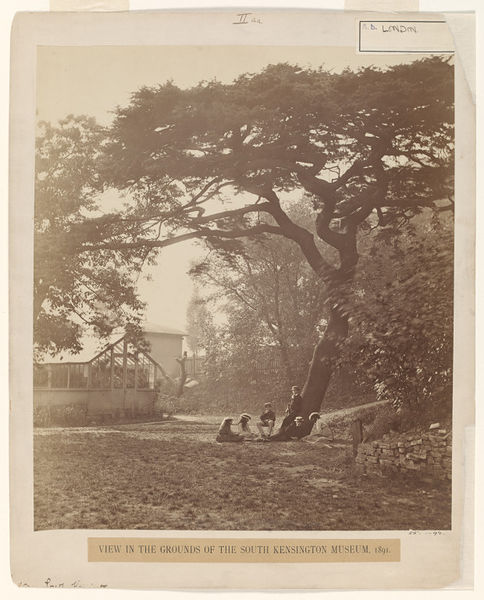
Publication: Into the Woods: Trees in Photography, Martin Barnes, (2019)
Display: Into the Woods: Trees in Photography (2017-18)
